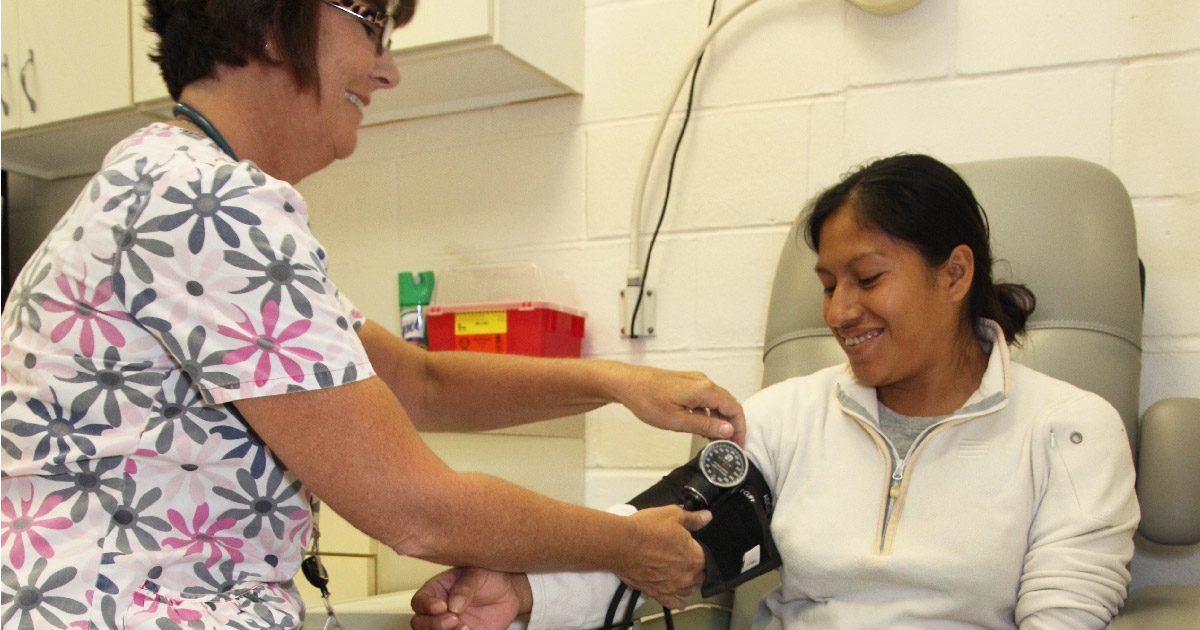- Who We Are
- Clinician Employment
- Publications
- Witness to Witness (W2W)
- Kugel & Zuroweste Health Justice Award
- Your Voice Matters: Photovoice Project
Development of a Surveillance Program for Occupational Pesticide Poisoning: Lessons Learned and Future Directions
The authors describe the growth of the Occupational Pesticide Poisoning Surveillance Program at the Texas Department of Health. The program was based on a Sentinel Event Notification System for Occupational Risks(SENSOR) model, using sentinel providers to report cases. The number of confirmed occupational cases increased from 9 workers in 1987 to 99 workers in 1996.
The Use of Audience Response System Technology With Limited-English-Proficiency, Low-Literacy, and Vulnerable Populations
Matthew C. Keifer, MD, MPH; Iris Reyes, MPH; Amy K. Liebman, MA, MPA; Patricia Juarez-Carrillo, PhD, MPH.
Files
-
- Keifer etal ARS JAM 2014 ( 343 Kb )
California Pesticide Illness Surveillance Program 2010
Summary of Results from the California Pesticide Illness Surveillance Program - 2010.
Files
-
- CEPA2010 Report ( 479 Kb )
CHAMACOS Study
The CHAMACOS study is a longitudinal birth cohort study examining chemicals and other factors in the environment and children's health.
In 1999-2000, CHAMACOS enrolled 601 pregnant women living in the agircultural Salinas Valley. They are following their children through age 12 to measure their exposures to pesticides and other chemicals and to determine if this exposure impacts their growth, health, and development.
Workplace, Household, and Personal Predictors of Pesticide Exposure for Farmworkers
Despite ongoing concern about pesticide exposure of farmworkers and their families, relatively few studies have tried to directly test the association of behavioral and environmental factors with pesticide exposure in this population. This study seeks to identify factors potentially associated with pesticide exposure among farmworkers; grade the evidence in the peer-reviewed literature for such associations; and propose a minimum set of measures necessary to understand farmworker risk for pesticide exposure.
Files
-
- Quandt Hernanez-Valero et al ( 469 Kb )
New ACOG Resource Calls for Clinician Responsibility in Preventing Environmental/Occupational Health Risks for Women
Fri, 11/01/2013 | by Candace Kugel
EPA's New Pesticide Resource Includes Expanded Content, Features MCN
Wed, 09/11/2013 | by mpiorunskiYour patient reports stomach pain, nausea and headache. It’s nearing the heart of flu season - these are possible flu symptoms, you think. On examination, the patient doesn’t present with a fever.
“Is anyone at home sick?” you ask.
No.
“When did the symptoms begin?”
Hoy (Today).
You notice the patient appears to be dressed for work. “Where were you when the symptoms began?” you ask.
En el trabajo (At work).
At work, you think. “And what do you do for work?”
2013 North American Agricultural Safety Summit
In 1990 the U.S. Surgeon General’s Conference on Agricultural Safety and Health was the impetus to launch a national initiative addressing research, education and policies for improving the wellbeing of workers and families involved in U.S agriculture.
Assessment of Maternal Occupational Pesticide Exposures during Pregnancy and Three Children with Birth Defects: North Carolina, 2004
Introduction
In August of 2005, the North Carolina Division of Public Health, Occupational and Environmental Epidemiology Branch (OEEB) was notified that three women who had worked on farms in North Carolina owned by Ag-Mart had delivered infants with birth defects. All three births took place in Florida where the women also worked on Ag-Mart farms and lived near each other. This report summarizes the OEEB’s investigation and assessment of the pesticide exposures likely experienced by these women while in North Carolina.
Files
-
- Ag-Mart Release Report ( 203 Kb )
Promoting Integrated Approaches to Reducing Health Inequities Among Low-Income Workers: Applying a Social Ecological Framework
Sherry L. Baron, MD, MPH, Sharon Beard, MS, Letitia K. Davis, ScD, EdM, Linda Delp, PhD, MPH, Linda Forst, MD, MPH, Andrea Kidd-Taylor, PHD, Amy K. Liebman, MPA, MA, Laura Linnan, ScD, Laura Punnett, ScD, and Laura S. Welch, MD




